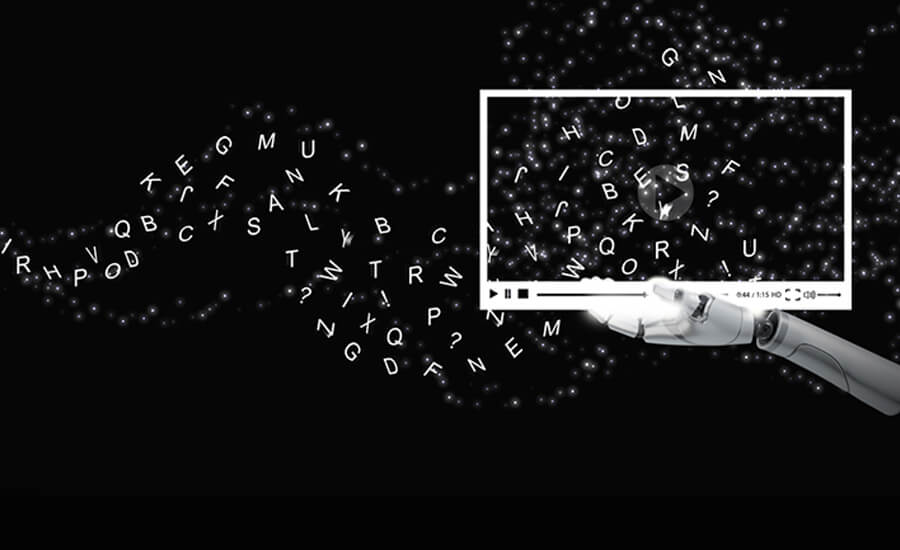In the sphere of artificial intelligence (AI), one of the most fascinating subfields is Natural Language Processing (NLP). Simply put, NLP is all about enabling machines to understand, interpret, generate, and interact using human language. This concept might sound straight out of a science fiction movie, but it’s already a substantial part of our everyday lives.
One of the most common applications of NLP is in digital personal assistants such as Siri, Alexa, or Google Assistant. These AI-driven systems interpret our spoken or written requests, answer questions, play music, control home automation devices, and even crack a joke or two, all thanks to NLP.
Another application is sentiment analysis, often used in monitoring social media and customer reviews. AI algorithms can analyze massive amounts of text data, identifying positive, neutral, or negative sentiments, which companies can leverage to improve their products, services, or brand reputation.
Machine translation, another milestone in NLP, breaks language barriers and fosters global communication. We’ve seen this in action through tools like Google Translate. While they’re not perfect, the improvements in recent years have been remarkable, getting us ever closer to the dream of seamless, real-time translation.
But how does NLP work? At its core, NLP involves several complex processes. It starts with understanding syntax (the grammatical structure of sentences) and semantics (the meaning conveyed by the text). This is a challenge because human language is incredibly diverse, filled with nuances, ambiguities, and cultural context. Despite these complexities, AI models, particularly those based on deep learning techniques, have made significant strides in this area.
Beyond understanding text, advanced NLP systems can generate human-like text. GPT-3, developed by OpenAI, is an example of a model that can write astonishingly coherent and diverse pieces of text, from poetry to technical articles.
Despite these advancements, NLP is not without its challenges. AI still struggles with sarcasm, humor, and complex metaphors. Furthermore, biases in training data can lead to biases in AI responses, which is a significant concern. Also, the ‘black box’ nature of AI models makes it hard to understand why they make specific decisions, which is crucial for trust, especially in sensitive applications.


The future of NLP holds exciting possibilities. We can expect further improvements in machine translation, more sophisticated digital assistants, and advancements in AI-generated text. AI may even be able to detect and manage its own biases, and become more explainable and transparent.
As we navigate this future, it’s crucial to remember that technology should serve humanity, not the other way around. While NLP can automate tasks and provide valuable insights, it cannot replace the depth and richness of human communication. Instead, it should be a tool that empowers us to communicate more effectively, understand each other better, and make our lives a little easier.

